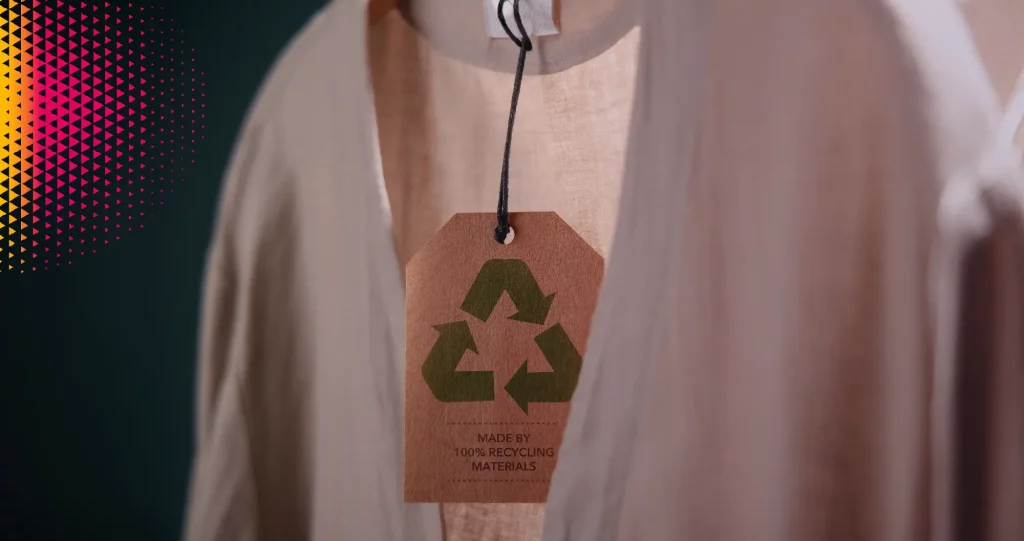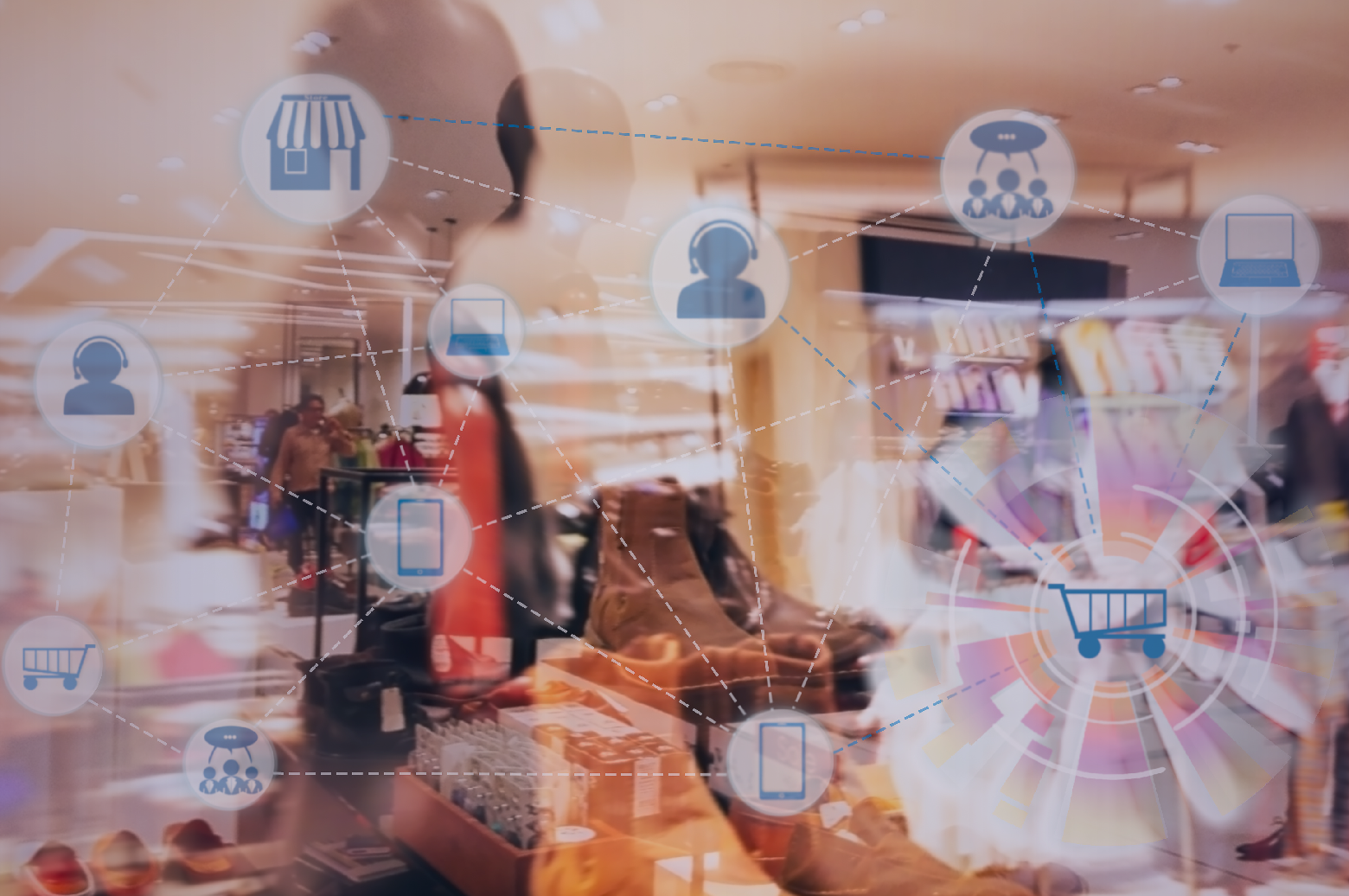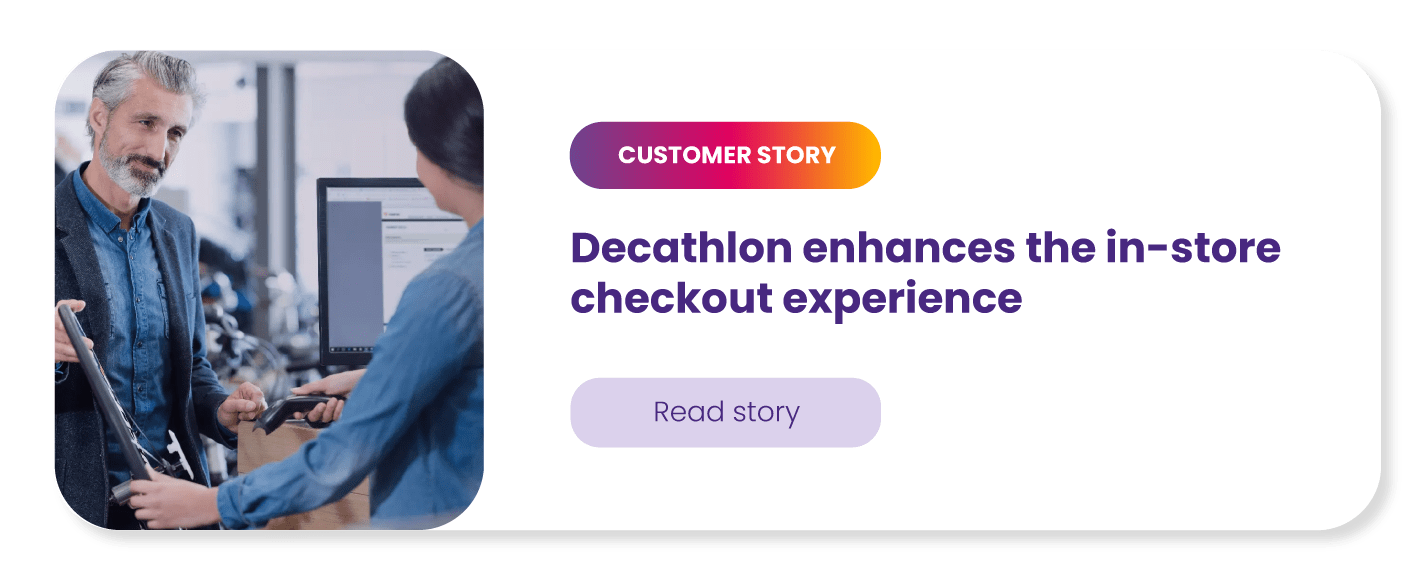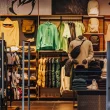The Usage Economy in Retail: How Innovative Services Drive Value in Stores

The circular and collaborative economy, sustainable development, recycling, and reuse… These growing trends are reshaping consumer purchasing habits. Today’s shoppers are increasingly focused on the longevity of products and the adoption of more eco-friendly practices.
Is the usage economy a growth opportunity or a challenge for retail businesses? How can it be harnessed to foster innovation and improve the customer experience? What tools and strategies should retailers employ to succeed? Explore how innovative services in your stores can deliver real value for your customers.
1. The Usage Economy: An Opportunity in Retail
The usage economy, also referred to as collaborative consumption, is an economic model where consumers prioritize access to products or services over ownership.
A growing number of consumers are embracing more responsible and sustainable consumption habits. Rather than buying new items, they are increasingly opting for rentals, sharing, or purchasing second-hand goods. The second-hand market alone is now valued at over €105 billion globally, with 7 out of 10 Europeans having bought second-hand clothing.
This behavioral shift provides retailers with a unique chance to rethink their business models, embracing circular economy principles and innovation. By offering rental services for sports equipment such as skis, bicycles, or surfboards, retailers can meet the needs of customers who wish to engage in occasional sports activities without the high cost of ownership. Additionally, providing consignment services facilitates the resale of used equipment and the acquisition of new items, in line with recycling and reuse initiatives. This approach extends product lifecycles, reduces waste, and directly addresses the sustainability concerns of 80% of consumers.
By adopting the usage economy, sporting goods stores can attract a broader clientele and retain their existing customers by offering personalized experiences. It also offers a way to differentiate from competitors by providing innovative, environmentally-friendly solutions.
2. How to Create Value in Your Sporting Goods Stores
Services Aligned with the Usage Economy
To succeed, sporting goods stores must adopt a multi-service management system that integrates sales, rentals, second-hand items, and additional services that create real value for customers. By offering a complete range of services, these stores can adapt to changing consumer needs and stand out from the competition.
For example, enabling online reservations allows customers to book equipment ahead of time, saving them time and enhancing their shopping experience.
Moreover, by offering personalized recommendations and promotions based on customer preferences and purchase histories, stores can strengthen customer relationships and foster loyalty.
Maintenance and repair services are also key offerings, as they allow customers to maintain high-quality products and extend the lifespan of their equipment.
By integrating these services into a single multi-service management system, sporting goods stores can offer flexible, personalized experiences for their customers while maximizing revenue and positioning themselves as leading players in the market.
Mobile and Multi-Store Management
To ensure a seamless customer experience, sporting goods stores need a robust, mobile-friendly, and multi-store management solution. In keeping with omnichannel strategies, it is essential to offer customers a smooth, cohesive journey across both physical and digital touchpoints. From product selection to payment, mobile support plays a critical role in improving the overall experience.
Customers should also be able to collect a product from one store and return it to another without hassle. With a centralized system, stores can share customer data, ensuring that purchase histories and preferences are accessible regardless of the store visited. For example, if a customer is on vacation in another city and needs equipment repair, another store’s workshop should be able to access all necessary information to provide the required service.
Promoting this kind of seamless service not only boosts customer satisfaction but also enhances loyalty and a store’s reputation for delivering a flawless customer experience.

3. Regulatory Compliance
The usage economy is now a key factor in addressing today’s environmental concerns. As such, regulations increasingly govern the practices of retail businesses, especially regarding product and equipment management.
Extended Producer Responsibility (EPR) programs require manufacturers and distributors to handle the collection and processing of end-of-life products. Therefore, it is crucial that the management systems used by sporting goods stores comply with these regulations and enable accurate tracking of the product lifecycle, from acquisition to disposal.
Additionally, tracking the use of personal protective equipment (PPE) is now mandatory. Stores must be able to monitor and record PPE usage to ensure traceability and compliance with relevant standards.
By integrating these regulatory requirements into their management systems, sporting goods stores not only remain compliant but also contribute to environmental preservation and customer safety.
4. How to Overcome the Challenge of Unified Management
To meet the challenge of unified management, sporting goods stores need to implement effective data management systems. Product information—such as origin and manufacturing processes—has become critical to meeting customer expectations for transparency. A unified management solution makes it possible to handle large volumes of data, providing access to all necessary information to meet today’s consumer demands.
The strength of Orisha Retail Chains lies in its “One Ticket proof” feature, which consolidates everything onto a single ticket.
Sales, workshop management, rentals, consignment, second-hand services… Orisha Retail Chains is a specialized solution for sporting goods retailers, designed to make developing innovative services easy and straightforward.
By incorporating this system into your sporting goods store, you gain access to a comprehensive platform that centralizes all your operations, offering customers a smooth, consistent experience. You can unify your services and deliver a seamless experience to your customers while simplifying internal management processes.
By embracing the usage economy, sporting goods stores can attract a broader customer base and build loyalty by offering personalized experiences.
In today’s retail landscape, having a multi-service management solution that integrates sales, rentals, second-hand options, and value-added services is essential to meet consumer expectations.
To address the challenge of unified management in sporting goods stores, an integrated, comprehensive management solution is crucial.




